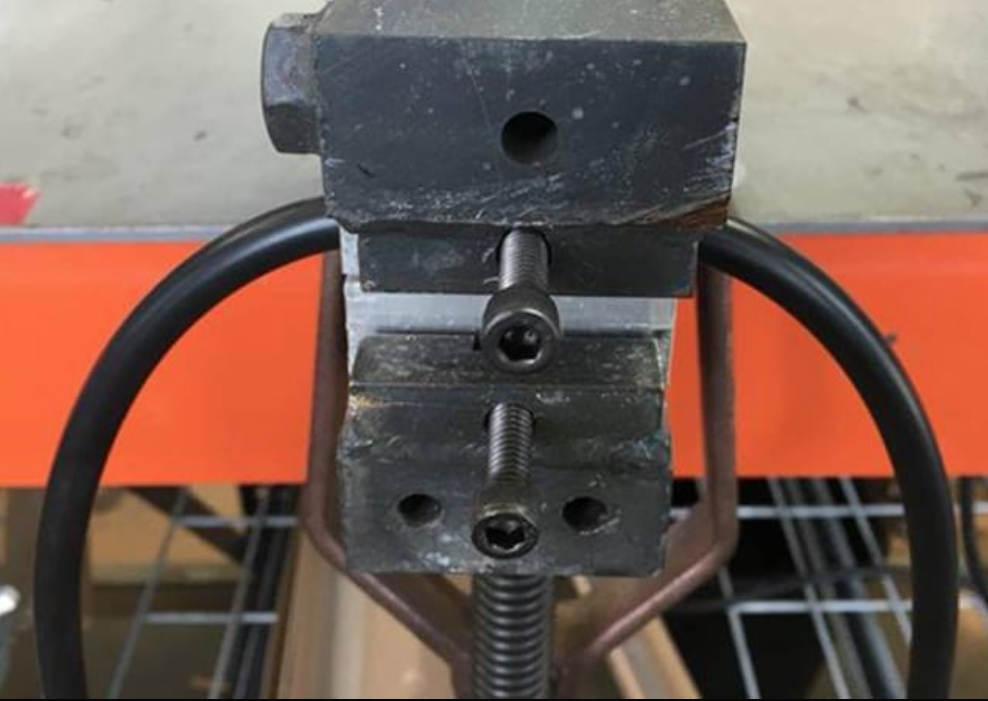O-rings are highly versatile seals used in a wide range of industrial applications. They can be made with different production technologies, which make them more or less suitable for specific uses.
In this article we analyze the differences between vulcanized O-rings (vulcanized O-rings or jointed O-rings) and molded O-rings, comparing advantages, disadvantages, application areas and reference standards.
Vulcanized or molded O-rings: different production processes
The most significant difference between these types of O-rings concerns the production process, but also involves aspects related to performance, costs and applications.
Vulcanized O-rings: characteristics, pros and cons
Vulcanized O-rings (also called vulcanized joint O-rings) are produced starting from an extruded rubber cord that is cut. The two ends are then joined and vulcanized to be chemically glued.
Pros:
- Cheaper. Ideal for large diameter O-rings or for rapid/custom production.
- Dimensional flexibility: simply cut and splice the cord to the desired size.
Cons:
- The seam is visible and can be a weak point in cases of high pressures or extreme conditions.
- Lower aesthetic appearance and accuracy than a molded O-ring.

(In the picture a vulcanized o-ring.)
Molded O-rings: features, pros and cons
Molded O-rings are produced directly in the mold, where the rubber is injected and chemically bonded by heating (vulcanized). The result is a seamless O-ring that is uniform along the entire perimeter.
Even when there is a slight flash along the mold closure line, this is less noticeable than the seam of a vulcanized O-ring.
Pros:
- Better sealing and resistance under high pressure conditions.
- No weak points along the ring.
Cons:
Higher cost, especially for very large diameters or custom productions.

(In the picture molded O-rings)
Vulcanized O-rings and molded O-rings: which to choose?
The choice between the two solutions depends on application variables:
- Molded O-rings: ideal for critical applications, where high performance and resistance to high pressure are required.
- Vulcanized O-rings: recommended for large diameters, non-critical applications or custom productions with limited time and costs.
Vulcanized O-rings and molded O-rings: the main reference standards
Despite the differences in application and performance, vulcanized and molded O-rings are regulated by the same international standards: these, in fact, are always based on the finished product and not on the production process.
The main aspects regulated by international standards are:
- Dimensions – regulated by ISO 3601-1, DIN 3771 and AS568.
- Dimensional tolerances – regulated by ISO 3601-2.
- Visual quality / defects – regulated by ISO3601-3, SAE AS871.
- Bond line / Flash – regulated by ISO3601-3.
It is important to underline, however, that the production technology, although not directly subject to the standards, can significantly affect the ability to comply with the prescribed tolerances and visual requirements. In the following diagram we have summarised the regulated aspects, the standards and the possible critical issues.
|
Appearance
|
Molded O-ring
|
Vulcanised O-ring
|
|
Dimensional standards
|
ISO 3601-1, DIN 3771 e AS568
|
ISO 3601-1, DIN 3771 e AS568
|
|
Dimensional tolerance standards
|
ISO 3601-2
|
ISO 3601-2. It is more difficult to comply with due to the production process.
|
|
Visual quality standards
|
ISO 3601-3, SAE AS871: regulate defects such as flash and porosity
|
ISO 3601-3, SAE AS871: regulate defects such as mismatch and change of finish
|